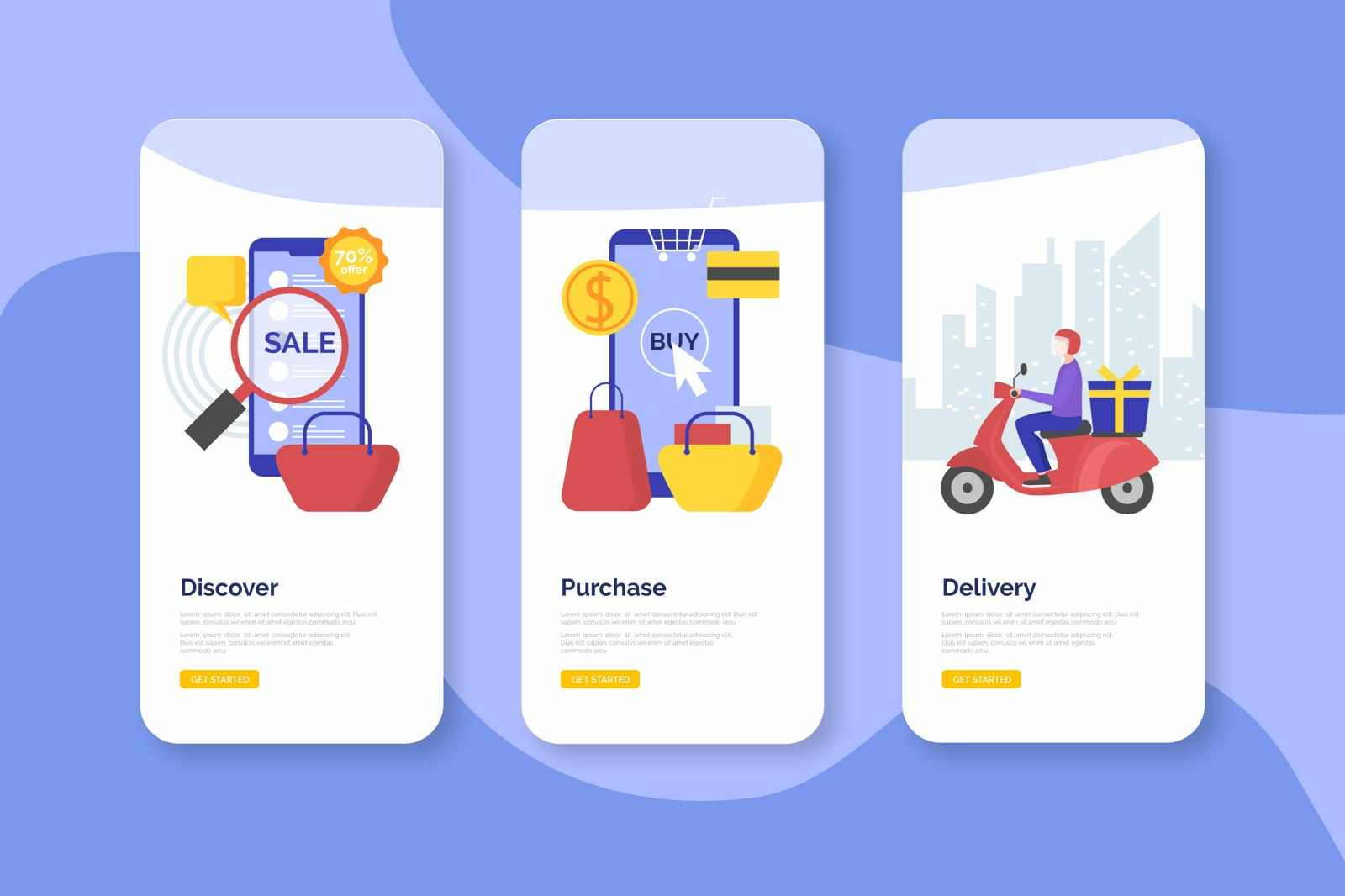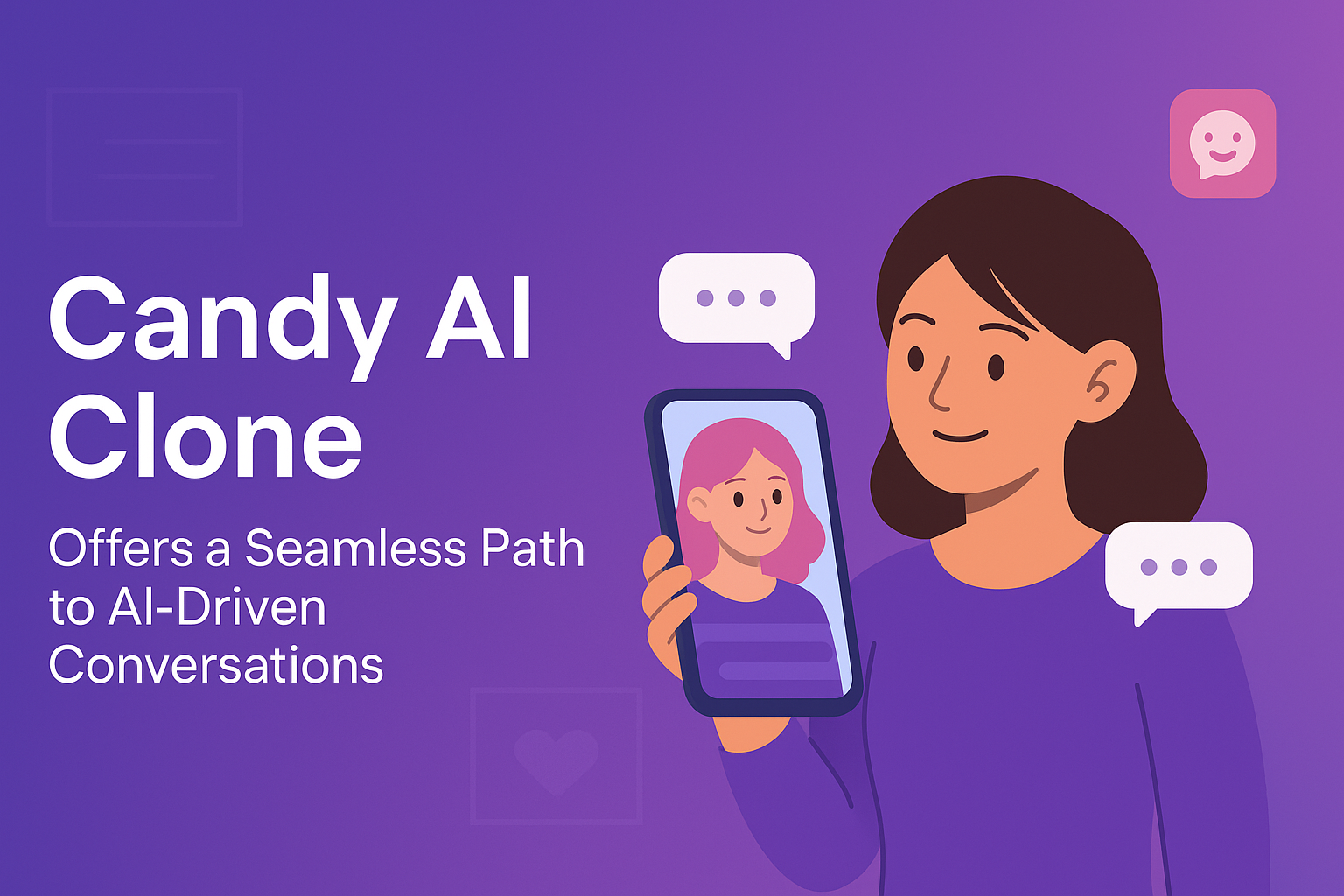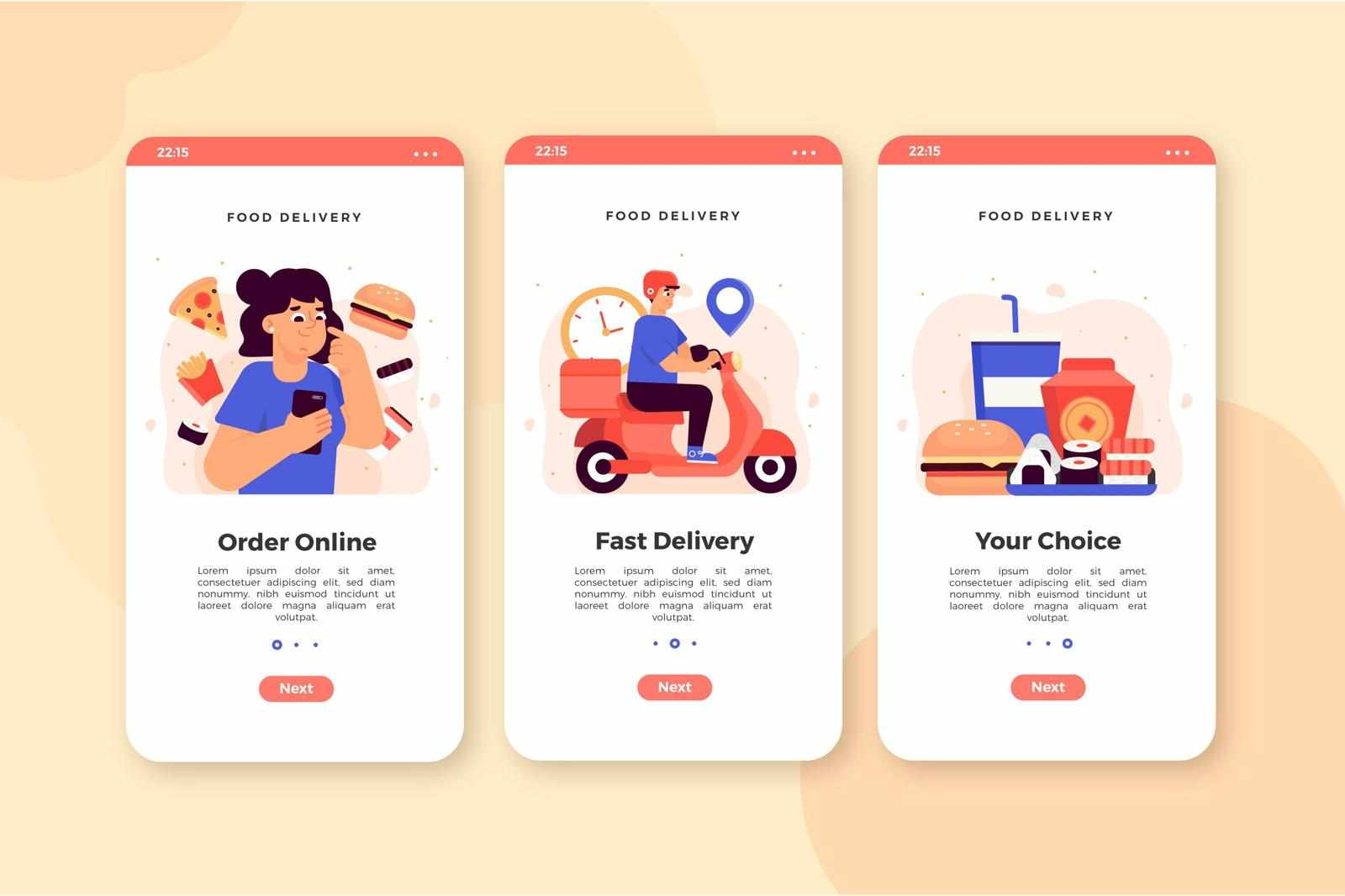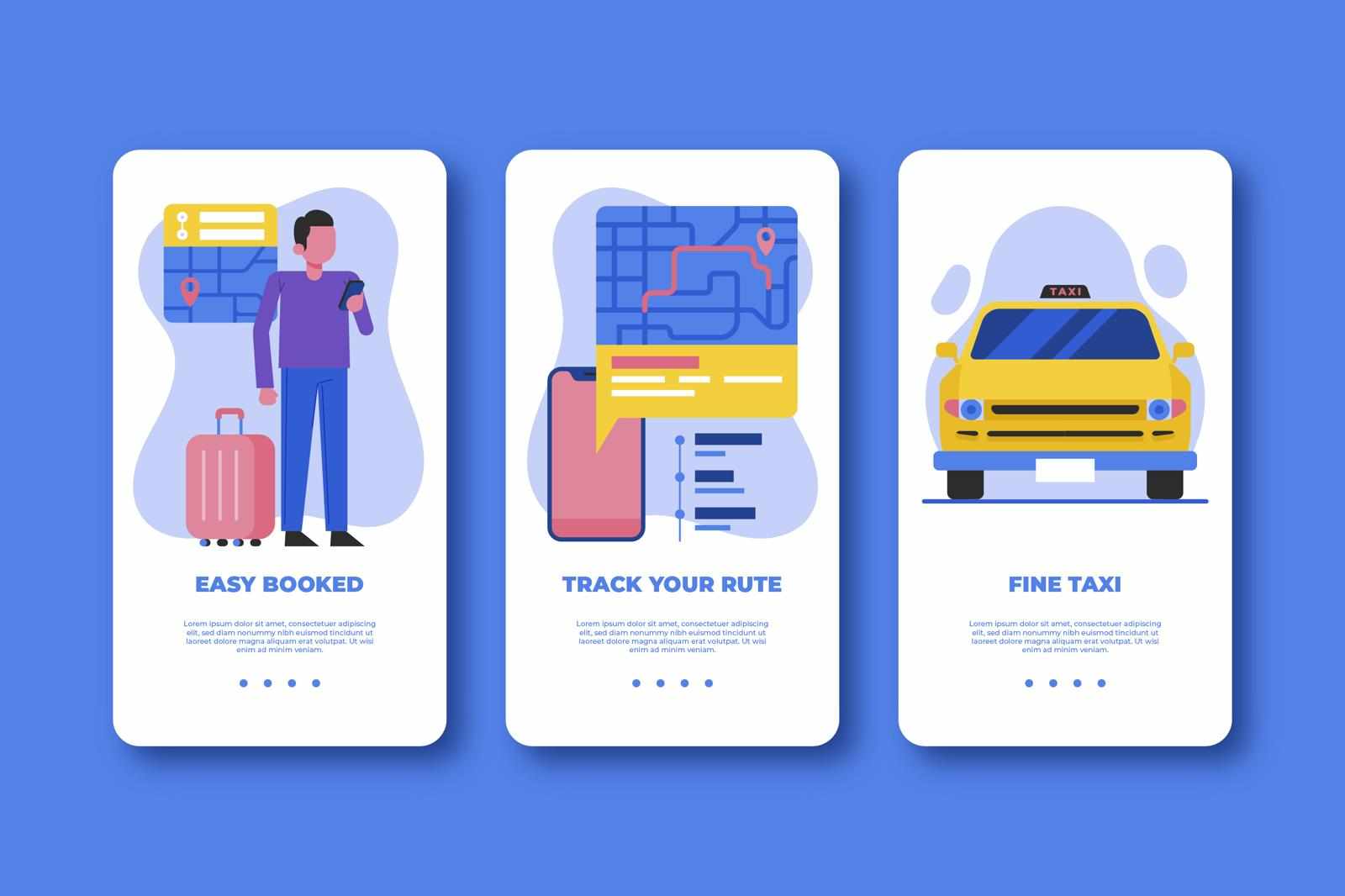
In the ever-evolving world of digital mobility services, Uber-like apps have reshaped the way we travel. The seamless experience of booking a ride in just a few taps and being connected to a nearby driver within seconds may seem simple from a user’s perspective. However, the technology powering this smooth interaction is the result of a sophisticated matching logic designed to optimize efficiency and enhance user satisfaction.
In this blog, we will delve into the core components that power the matching logic in Uber-like applications. Whether you are planning to build your own Uber Clone or just curious about the tech behind it, understanding this matching mechanism is critical. We will also explore the technical layers, algorithms, and system architecture that make these applications successful.
Understanding the Role of Matching Logic in Ride-Hailing Apps
At the heart of every Uber-like app is a powerful matching system that determines which driver is assigned to which rider. This may seem straightforward, but in reality, it involves real-time decision-making based on multiple variables such as location, availability, estimated time of arrival, and system load. The purpose of the matching logic is to minimize wait times, maximize driver utilization, and ensure a smooth user experience.
Location Tracking and Real-Time Geo-Data Processing
The first and most crucial element that powers the matching logic is real-time location tracking. Uber-like apps use GPS technology and geospatial data analysis to monitor the location of both drivers and passengers. The app continuously gathers, processes, and updates location data to maintain an accurate picture of available vehicles and potential riders.
This location data is not only essential for finding nearby drivers but also plays a role in route optimization, fare calculation, and time estimation. To handle this efficiently, most apps use mapping platforms like Google Maps, Mapbox, or custom GIS solutions.
The Role of Machine Learning and Predictive Analytics
Matching logic does not rely on static rules alone. Over time, Uber-like apps learn from previous ride data using machine learning techniques. These algorithms help predict where demand is likely to rise, which areas typically have more available drivers, and what routes offer the best travel times.
For instance, during peak hours or in high-demand zones, the system may pre-position drivers in anticipation of requests. Machine learning also helps in evaluating driver performance, understanding rider preferences, and improving the accuracy of estimated arrival times.
Predictive analytics can also identify patterns, such as a user who routinely books rides at a certain hour, and help in offering more tailored experiences. This ability to learn and improve makes the matching engine smarter over time.
Queue Management and Dynamic Prioritization of Requests
When multiple riders request a ride at the same time, and there are limited drivers available, how does the app decide who gets matched first? This is where queue management algorithms come into play. These algorithms prioritize requests based on various factors, such as the rider’s wait time, ride distance, payment method, and loyalty status.
The logic may also give priority to passengers in high-demand or premium zones. At the same time, drivers may be prioritized based on how long they have been idle, their acceptance rate, and their location. This dynamic allocation ensures fair treatment for both riders and drivers while maximizing system efficiency.
Optimization Algorithms for Route and Time Efficiency
An essential part of the matching logic is determining which driver can reach the rider the fastest. This requires route optimization algorithms that factor in real-time traffic conditions, road closures, and estimated time of arrival.
These algorithms are built using a combination of Dijkstra’s algorithm, A* algorithm, or custom pathfinding models that adapt to live traffic data. By matching riders with the nearest and most accessible drivers, the app reduces waiting time and fuel costs, which benefits both parties.
Furthermore, if a rider cancels a ride or a driver becomes unavailable, the system immediately re-initiates the matching process to find the next best option, maintaining a seamless experience.
Scalability and Load Balancing in Real-Time Systems
Uber-like apps operate on a massive scale, with thousands or even millions of active users in different cities around the world. To handle such traffic, the matching logic is supported by a scalable backend architecture. This involves cloud computing resources, load balancers, and distributed databases that can manage high volumes of concurrent requests.
The backend must process location updates, ride requests, driver availability, and match results within milliseconds. Technologies like Apache Kafka, Redis, and Kubernetes are often used to ensure system stability and scalability. Load balancing ensures that no single server is overwhelmed, which is crucial during peak demand times.
Incorporating User Behavior and Ratings in Matching Logic
In a competitive ride-hailing environment, user experience is a critical differentiator. To improve quality, Uber-like apps factor in user behavior and ratings when executing the matching logic. Riders with consistently high ratings may be matched faster or given access to top-rated drivers.
Similarly, drivers with poor ratings may be de-prioritized until their rating improves. This feedback loop encourages better behavior and service quality on both ends. Matching logic can also filter out certain matches if preferences do not align, such as language spoken, vehicle type, or service tier.
This user-centric approach ensures that both drivers and riders feel more in control of their experience, leading to higher satisfaction and retention.
Integrating Surge Pricing and Economic Incentives
One of the most complex aspects of the matching logic is integrating surge pricing, which automatically adjusts fares based on supply and demand. During periods of high demand and low supply, the system increases ride prices to attract more drivers to the area. This is powered by dynamic pricing algorithms that constantly monitor demand trends.
While surge pricing can be unpopular with riders, it plays a key role in balancing supply and demand. The matching engine must adapt in real-time, updating available driver pools and prioritizing requests based on changing fare values. Drivers are incentivized to move toward surge areas, which helps meet rising demand quickly.
Surge pricing is just one form of economic incentive that impacts matching logic. Loyalty rewards, bonuses, and trip completion targets are also integrated into driver profiles and influence their match availability.
How to Develop Uber Clone with Smart Matching Logic
Developing an Uber Clone requires more than just replicating the app interface. The core functionality lies in creating a reliable and intelligent matching engine. Here are some key steps involved in building this logic:
Define User Roles and Features
Clearly separate driver and rider functionalities, including registration, ride request, status updates, and payment integration.Integrate Real-Time GPS Tracking
Use APIs for real-time location sharing, geofencing, and mapping. Ensure accuracy and fast update rates.Develop the Matching Algorithm
Incorporate variables such as driver proximity, availability, traffic data, and user preferences.Set Up Notification and Communication Systems
Enable instant alerts, push notifications, and in-app chat or call features between drivers and riders.Create a Scalable Backend Architecture
Use cloud infrastructure to ensure high availability and quick data processing during peak hours.Incorporate Analytics and Learning Modules
Use AI and machine learning for continual improvement of ride predictions and user experience.Implement Safety and Quality Filters
Match users based on ratings, trip history, and behavior insights to improve service reliability.Test Under Real-World Conditions
Conduct simulations and live tests to identify delays, failed matches, or user drop-offs.
A skilled Clone App Development Company can help businesses craft a robust and scalable matching engine for their Uber-like platform, ensuring it meets industry standards and user expectations.
Conclusion
The matching logic in Uber-like apps is a critical element that drives the entire user experience. It involves an intricate combination of location tracking, machine learning, real-time processing, and economic modeling. Building such a system requires not only a deep understanding of algorithms but also the ability to scale and adapt to ever-changing demand.
As the on-demand economy continues to grow, the importance of efficient and intelligent matching logic will only increase. Entrepreneurs looking to enter this space must focus on building or partnering with experts in On demand App Development who can design systems that are reliable, fast, and user-friendly.
Whether you are targeting Taxi Booking App Development or planning a niche service, getting the matching logic right is the foundation of your success. By understanding and implementing the components discussed above, you can create a powerful platform that meets user expectations and stands out in the crowded app marketplace.





Write a comment ...